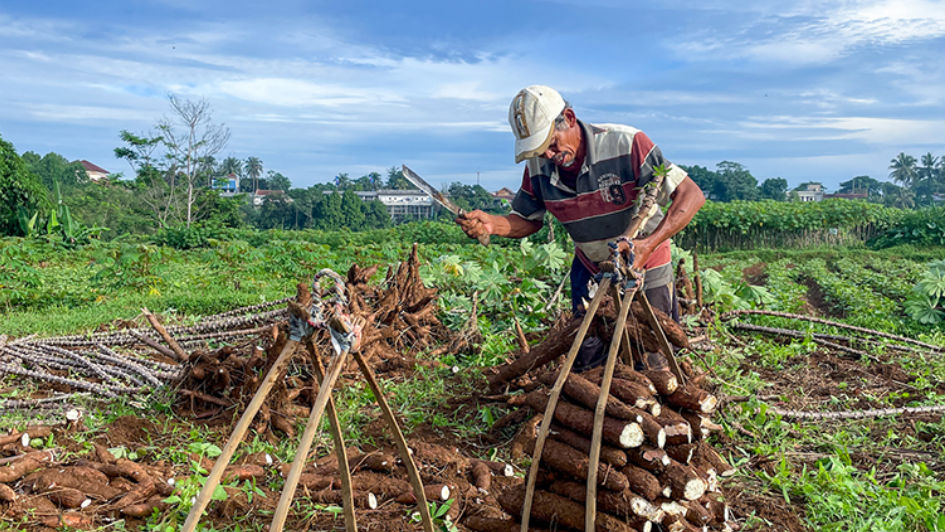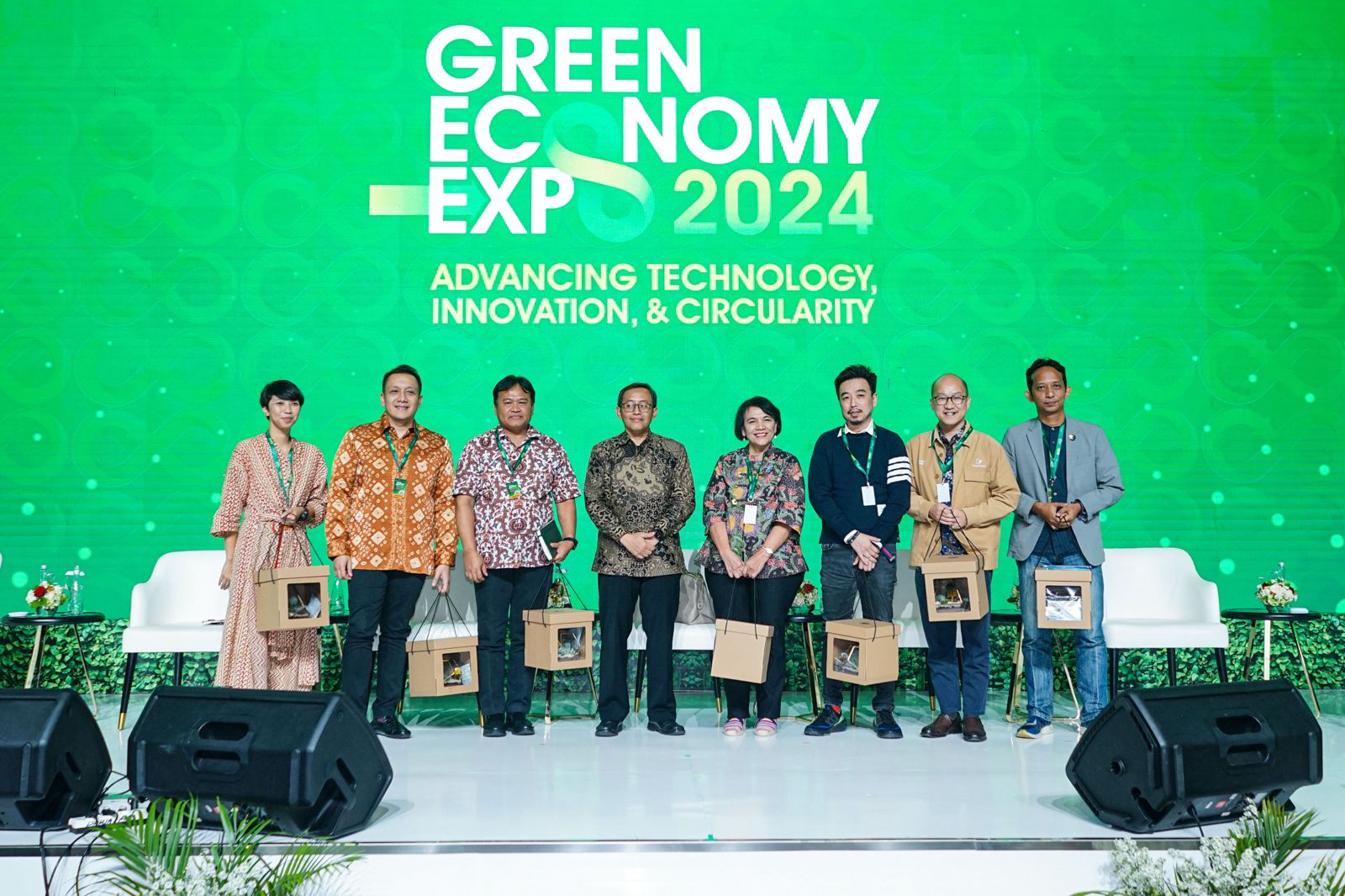Get to know Oxo-Biodegradable: Eco-Friendly Oxium Plastic
Tuesday, 04 October 2022
Indonesia is currently facing a plastic waste emergency. As an illustration, in 2020 in urban Java alone, research by Sustainable Waste Indonesia (SWI) and Indonesian Plastic Recyclers (IPR) found that the production of plastic packaging waste is around 189,000 tonnes per month or 6,300 tonnes per day. Of this amount, only around 11.83% or around 22,000 tonnes per month is recycled.
With this fact, a lot of plastic packaging is scattered and not managed properly. In the end, it pollutes the land and ocean. Therefore, experts have begun to develop various plastic alternatives that degrade faster so as to reduce the negative impact on the environment. One of them is the eco-friendly Oxium.
WHAT IS OXIUM?
Oxium or oxo-biodegradable plastic is a type of plastic that breaks down faster with sunlight, heat and oxygen. Moreover, this type of plastic is harmless in a few months to a few years because it does not contain toxins.
OXIUM OXO-BIODEGRADABLE NOT MICROPLASTIC
Many people do not understand the difference between oxo-biodegradable and oxo-degradable. They are completely different. Oxo-degradable is conventional plastic (Polyethylene/PE, Polypropylene/PP, polystyrene/PS, and polyethylene terephthalate/PET) that has been mixed with additives to mimic biodegradation. This type of plastic can indeed fragment into microplastics. However, oxo-degradable plastics cannot break down at the molecular level or in other words, the plastic polymer chain is still long. As a result, the hard-to-degrade microplastics will remain polluting the environment indefinitely.
In contrast, oxo-biodegradable plastics are among the plastics that are easily biodegradable in a short period of time. According to CEN/TR 15351 oxo-biodegradation is defined as ‘degradation processes produced by oxidative and event phenomena from the activity of cell media, either simultaneously or successively.’
HOW OXIUM OXO-BIODEGRADABLE WORKS
Plastics are chains of hydrocarbons that have previously undergone a polymerisation process. This makes plastic very strong, flexible and waterproof. However, it is these characteristics that make plastic carbon chains over 7 million in length. As a result, plastic takes up to 1000 years to be decomposed by microbes.
Oxium can accelerate the decomposition process with the help of oxygen, heat, UV light and other natural pressures. This oxidation process makes microbes able to decompose plastics faster. Hence, this technology is known as oxo-biodegradable.
OXO-BIODEGRADABLE PLASTIC CYCLE
Degradation cannot initially take place due to the presence of polymer stabilisers in the plastic. These stabilisers are useful to ensure that the plastic has a long service life. Once the stabilisers are used up, OXO biodegradation will begin. This oxidation process shortens the carbon chain from 7 million to just under 200 thousand. This short chain allows microbes to eat the plastic components.
Biodegradation has two phases, namely:
1. Abiotic Phase
The purpose of this first phase is to reduce the molecular load of the polymer so as to allow microorganisms to process it. Microorganisms do not play a major role in this phase.
The abiotic phase starts with oxygen (OXO refers to oxygen) whereas Oxo-biodegradation and can occur faster with UV light or heat.
2. Biotic Phase
Next, the second phase is the biotic phase. Bacteria and other microorganisms start to feed on the residue. Moreover, this process will produce water at the same time. Furthermore, microorganisms exhale CO2 and die to form biomass.
OXO-BIODEGRADABLE BENEFITS
Here are some of the advantages of using oxo-biodegradable plastics:
- It has the same strength as conventional plastics as long as the product life has not expired.
- Oxo-biodegradable plastics have a long usable life span. Moreover, they can last for years if stored indoors.
- Oxo-biodegradable plastics can be reused and recycled.
- Furthermore, oxo-biodegradable plastics will degrade in landfill, and the process produces methane.
- Oxo-biodegradable technology is a solution to process petroleum residues into plastic products with good economic value but no pollution to the environment.
CONCLUSION
Plastic waste is a global environmental problem. A report from the France-based Organisation for Economic Co-operation and Development (OECD) states that, in 2019, worldwide plastic use amounted to 460 million metric tonnes. This number has almost doubled since 2000. Meanwhile, the amount of plastic that became waste was 353 million metric tonnes. This figure has also more than doubled since 2000.
Looking further, the OECD calculates that only 9% of the waste is actually recycled, while 19% is destroyed in incinerators and almost 50% is dumped in landfills. Ironically, the remaining 22% leaks into various uncontrolled landfills, is traditionally burnt or leaks into the environment, both land and sea.
So, to prevent this environmental disaster from getting worse, experts are introducing oxo-biodegradable plastics. Oxo-biodegradable accelerates the decomposition process of plastic. More so, Oxium oxo-biodegradable is not a microplastic or does not produce microplastics. This means Oxium is environmentally friendly and safe for living things around it including humans.




